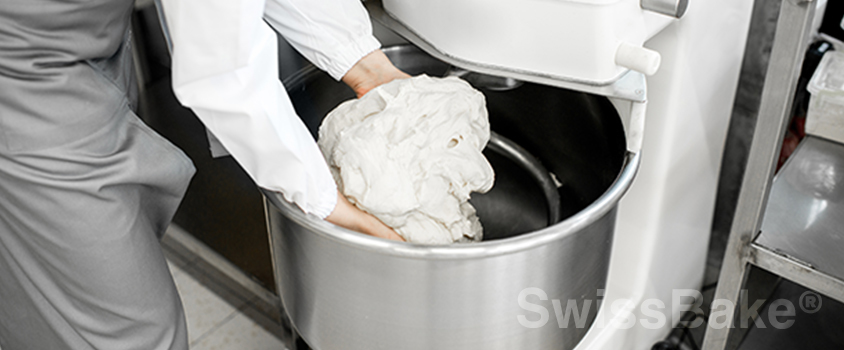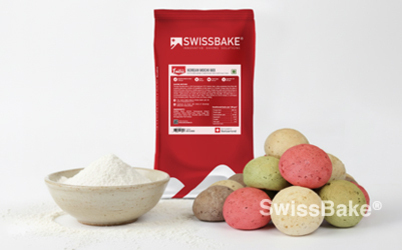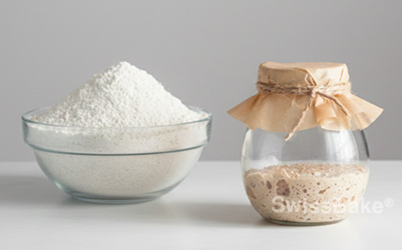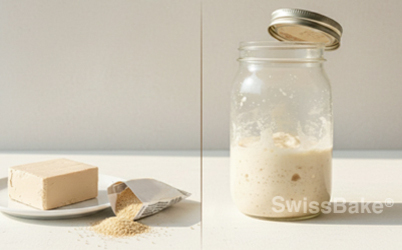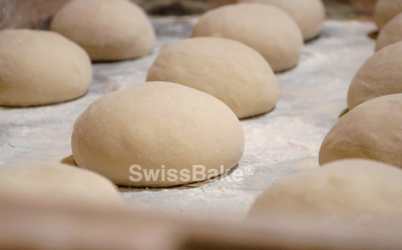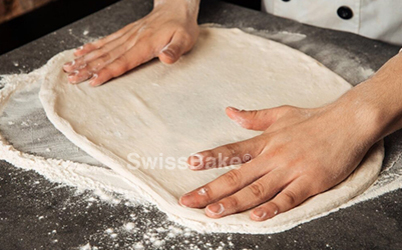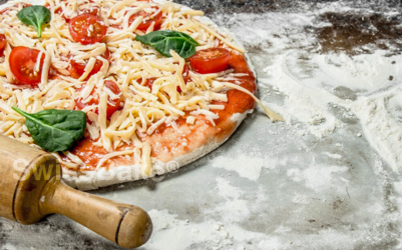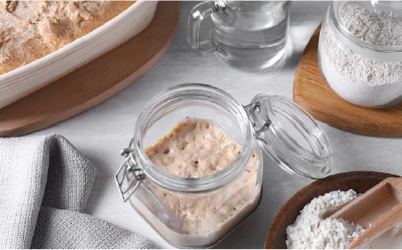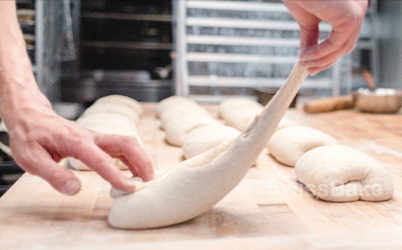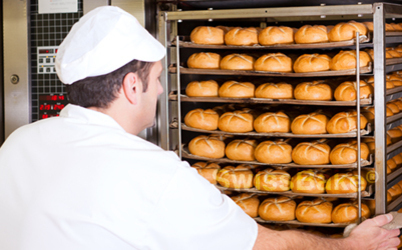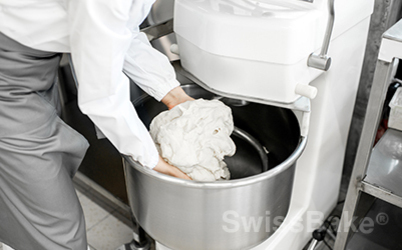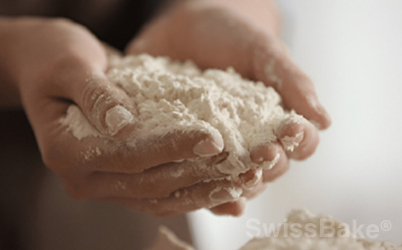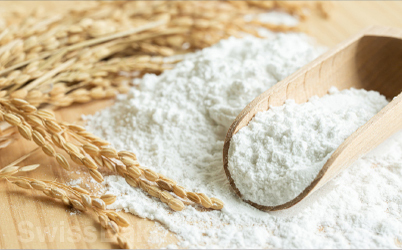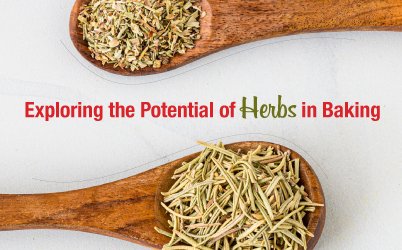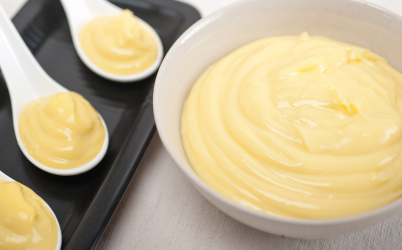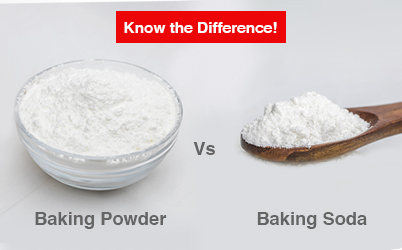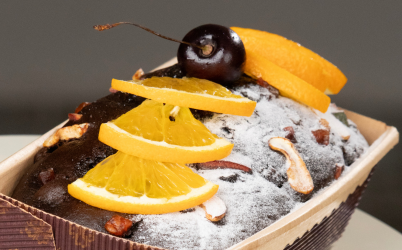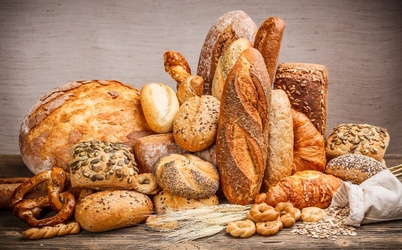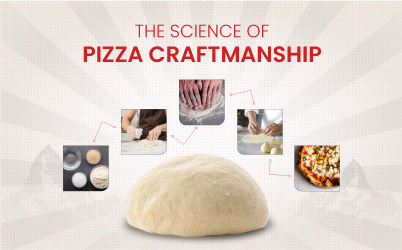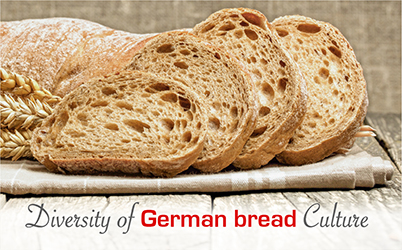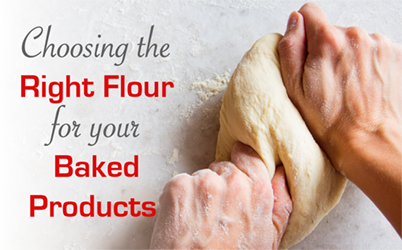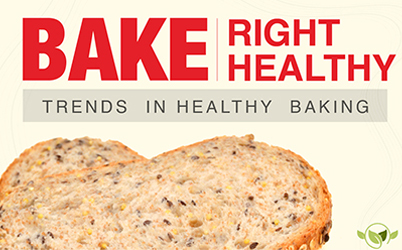Mastering High Hydration Doughs: A Guide for Professional Bakers
High hydration doughs have become a signature of modern artisan baking. From the airy crumb of a ciabatta to the light, open structure of rustic sourdough, hydration is key to creating distinct textures, complex flavors, and striking aesthetics. However, working with high hydration doughs at scale—especially in commercial or professional bakery settings—demands both skill and the right formulation approach.
In this article, we delve into the science and craft behind high hydration doughs. You’ll discover what defines high hydration, how to manage it effectively in production, and which ingredient and process adaptations can help you preserve quality and consistency.
What is a High Hydration Dough?
Dough hydration refers to the ratio of water to flour, expressed as a percentage. While typical hydration levels range from 60% to 70%, high hydration doughs fall in the 75% to 90%+ range.
-
60–65% hydration: Common for pan breads and sandwich loaves
-
70–80% hydration: Standard for artisan loaves
-
80%+ hydration: Ideal for ciabatta, focaccia, and rustic sourdough
Such doughs are known for:
-
Loose, irregular crumb structures
-
Crisp, thin crusts with blisters
-
Deep, fermented flavor profiles
-
Increased extensibility but lower dough strength
Key Applications of High Hydration Doughs
High hydration formulas are widely used in:
-
Artisan sourdough loaves
-
Ciabatta and focaccia
-
Neapolitan-style pizzas
-
Rustic baguettes and country-style breads
These products are seen as premium items in hotel kitchens, bakeries, and gourmet foodservice outlets.
Why Use High Hydration Doughs?
1. Open Crumb Structure
The higher water content allows gluten strands to stretch more during fermentation, creating that airy, open crumb.
2. Enhanced Flavor
Extended fermentation times lead to deeper aromas, mild acidity, and well-rounded flavor.
3. Thin, Crisp Crust
When baked at high heat with steam, the moisture-rich dough yields a crackly, golden crust.
4. Better Moisture Retention
High hydration breads retain softness and freshness longer due to higher internal moisture.
Challenges with High Hydration Doughs in Professional Settings
Despite their benefits, high hydration doughs are infamously difficult to work with—particularly in large-scale operations.
Common hurdles include:
-
Sticky dough during mixing and shaping
-
Weak gluten if not properly developed
-
Susceptibility to over-proofing
-
Limited compatibility with automation
Overcoming these requires careful formulation and process adaptations.
Techniques for Handling High Hydration Doughs
1. Use Autolyse for Structure
Mixing flour and water first (without yeast or salt) and resting the dough allows for better water absorption and gluten development.
2. Gentle Stretch & Fold
Rather than kneading, apply stretch-and-fold during bulk fermentation to develop structure without damaging the dough.
3. Chill to Improve Handling
Cooler doughs (20–22°C) are firmer and easier to shape. Cold fermentation also enhances flavor and structure.
4. Use Wet or Oiled Surfaces
To avoid altering hydration with flour dusting, use slightly wet or oiled hands and surfaces during shaping and handling.
5. Bake Hot with Steam
Steam-injected ovens and high baking temperatures help achieve proper oven spring and crust formation.
Tools That Help in Handling High Hydration Doughs
-
Plastic scrapers for clean handling
-
Dough boxes or tubs for bulk fermentation
-
Bench flour or semolina for minimal sticking
-
Non-stick mats for shaping
-
Scoring lames or blades for clean slashes
Ingredient Support for High Hydration Doughs
Use Strong, High-Protein Flour
Flour with 12.5%–14% protein is ideal. SwissBake’s strong bread or pizza flours are optimized for high hydration tolerance.
Incorporate Functional Ingredients
Enhance performance with functional additives:
-
Vital wheat gluten: Reinforces gluten structure
-
Enzyme-based improvers: Boost extensibility and fermentation
-
Pre-gelatinized starches: Improve water retention and reduce tackiness
-
Dehydrated sourdough: Adds flavor and acidity without long fermentation risks
SwissBake® offers professional blends that combine these components for reliable, scalable performance.
Adapting High Hydration Doughs for Large-Scale Production
To scale artisan-quality products, your process must evolve.
Use Batch Mixers Designed for Soft Doughs
Spiral or twin-arm mixers work well. Avoid overmixing—these doughs tear easily.
Introduce Gentle Automation
Automated systems with non-stick or coated surfaces can be used with care. Cold proofing helps manage timing in busy schedules.
Monitor Temperature Closely
Install precise temperature controls in your proofing and fermentation spaces. Even minor variations can shift dough behavior.
Commercial Adaptation: From Artisan Bench to Central Kitchen
Scaling up high hydration recipes is possible with the right systems in place.
Recommended Strategies:
-
Use bakery premixes designed for high water absorption
-
Automate cold fermentation and retardation
-
Include fermented flour or sourdough blends for flavor enhancement
-
Use divider-rounders with silicone or non-stick surfaces
SwissBake’s tailored bakery solutions help you maintain artisanal quality while improving production efficiency.
Conclusion: A Skill Worth Mastering
High hydration doughs are not just a trend—they're a gateway to premium bakery experiences. With the right techniques, ingredients, and process control, bakeries can consistently produce artisanal-quality products, even at scale.
Whether you're crafting focaccia in a fine-dining setup or producing sourdough loaves in a central kitchen, mastering high hydration doughs allows you to elevate texture, flavor, and quality.
SwissBake®'s range of high-performance flours, improvers, and sourdough blends empower professionals to achieve authentic results—every single time.

